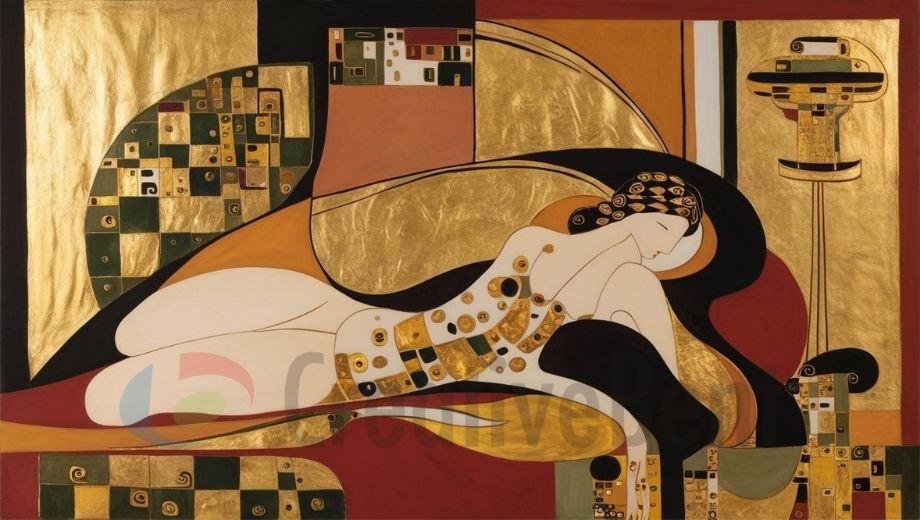
Gustav Klimt, a well-known figure in the art world, left an indelible mark with his lavish interpretations of symbolism and eroticism. His paintings, which are renowned for their excellent craftsmanship, sumptuous ornamentation, and profound symbolism, never fail to captivate audiences. In this exclusive piece delving into Gustav Klimt’s life and work, we look at the works of art that defined his legacy as well as the long-term ramifications of his revolutionary vision.
The Biography of Gustav Klimt
Gustav Klimt was born into a craftsman family in Baumgarten, Austria, near Vienna, in 1862. He eventually enrolled in the Vienna School of Arts and Crafts after demonstrating his early artistic potential through painting and sketching. Klimt’s early works, which were influenced by Art Nouveau and Symbolism, laid the groundwork for his subsequent investigation of themes such as love, desire, and mortality.
The Vienna Secession and Klimt’s Pioneering Achievement
In 1897, Klimt organised the Vienna Secession, a group of painters who challenged the orthodox artistic establishment. Klimt’s career took a radical turn following this when he began experimenting with new topics and methods. His works from this period, like “The Kiss” and “Judith and the Head of Holofernes,” showcase his mastery of brushwork, ornamental themes, and symbolism.
The Golden Era
Klimt’s “Golden Phase,” which began in 1899, is one of his most well-known phases. During this time, he painted with gold leaf and glittering embellishments, creating works of unparalleled grandeur and beauty. Some of his most famous works, such as “The Kiss,” “Portrait of Adele Bloch-Bauer I,” and “The Tree of Life,” were created during this time.
Symbolism and Sensuality in Klimt’s Paintings
Klimt’s preoccupation with the human form, particularly the feminine form, which he painted with sensuality and eroticism, is at the heart of his art. His use of symbolism, which frequently draws on religious iconography, psychology, and mythology, adds depth and refinement to his paintings. Klimt’s use of spirals, geometric shapes, and symbolic creatures allows viewers to go into the subconscious and study universal topics such as love, life, and death.
History and Significance
Gustav Klimt’s effect on modern art history lasted many years after his death, inspiring generations of painters. Daring compositions, imaginative use of materials, and subjects that continue to captivate audiences today have cemented his place as one of history’s greatest artists.
Gustav Klimt’s sumptuous interpretations of symbolism and sensuality have left an indelible impression on the art world. Klimt created a visual language that connects with the deepest aspects of the human soul and transcends time through his masterful use of gold leaf, intricate design, and profound symbolism. As we study his masterpieces, we are reminded of art’s ageless ability to evoke emotion, provoke thought, and elevate the human experience.




